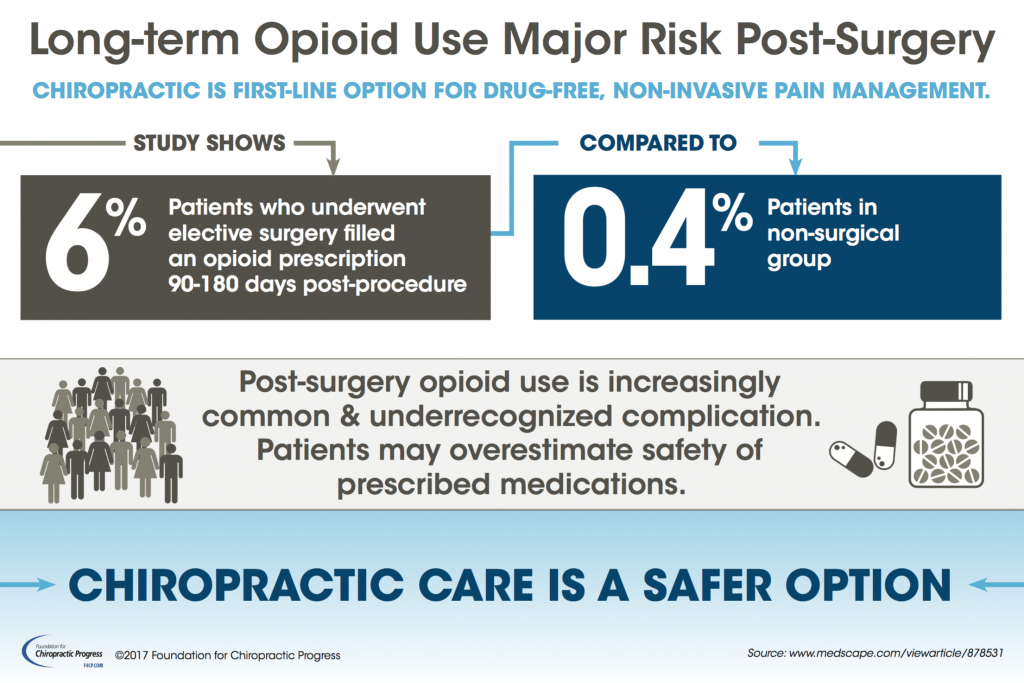Translating The Scientific Research Of Cold Laser Therapy: Discovering Its Systems And Consequences
Translating The Scientific Research Of Cold Laser Therapy: Discovering Its Systems And Consequences
Blog Article
Published By-Bendix Bartlett
You may have come across cold laser therapy as an encouraging therapy choice for numerous problems, but have you ever questioned exactly how it in fact works with a mobile degree? Comprehending the mechanisms behind this therapy can shed light on its effectiveness in promoting recovery and reducing swelling. By checking out the scientific research behind cold laser treatment, you'll obtain understandings into the fascinating ways in which light can affect cellular processes and assist in tissue fixing.
How Cold Laser Therapy Works
To comprehend exactly how cold laser therapy functions, you need to understand the fundamental concepts of exactly how light energy engages with organic tissues. Cold laser therapy, also referred to as low-level laser treatment (LLLT), makes use of details wavelengths of light to penetrate the skin and target hidden tissues. Unlike the extreme lasers used in procedures, cold lasers emit low levels of light that don't produce heat or trigger damage to the tissues.
When these gentle light waves get to the cells, they're taken in by parts called chromophores, such as cytochrome c oxidase in mitochondria. This absorption activates a series of organic actions, including enhanced mobile power manufacturing and the release of nitric oxide, which boosts blood flow and minimizes inflammation.
Additionally, the light power can also boost the manufacturing of adenosine triphosphate (ATP), the power currency of cells, aiding in mobile fixing and regeneration procedures.
In essence, cold laser treatment uses the power of light energy to promote recovery and relieve discomfort in a non-invasive and gentle way.
Systems of Activity
Just how does cold laser treatment really function to create its healing impacts on organic tissues?
Cold laser therapy, additionally referred to as low-level laser treatment (LLLT), operates via a procedure called photobiomodulation. When the cold laser is put on the skin, the light power penetrates the cells and is absorbed by chromophores within the cells.
These chromophores, such as cytochrome c oxidase in the mitochondria, are after that stimulated by the light power, causing a waterfall of biological responses. One vital device of action is the improvement of cellular metabolic rate.
The absorbed light power enhances ATP production in the mitochondria, which is vital for mobile feature and repair service. Additionally, cold laser therapy assists to minimize inflammation by hindering inflammatory arbitrators and promoting the launch of anti-inflammatory cytokines.
This anti-inflammatory effect contributes to pain alleviation and tissue recovery.
Healing Results
Understanding the therapeutic results of cold laser treatment includes recognizing just how the boosted mobile metabolic rate and anti-inflammatory residential or commercial properties contribute to its positive outcomes on biological tissues.
When the cold laser is applied to the afflicted location, it stimulates the mitochondria within the cells, bring about increased production of adenosine triphosphate (ATP), which is crucial for mobile feature and fixing. This increase in cellular energy increases the recovery process by promoting tissue regrowth and minimizing swelling.
Moreover, the anti-inflammatory properties of cold laser treatment help to lower discomfort and swelling in the targeted area. By preventing inflammatory arbitrators and advertising the launch of anti-inflammatory cytokines, cold laser treatment aids in minimizing pain and enhancing the general healing response.
cryo therapy ct in swelling not only provides instant relief however additionally sustains long-term tissue fixing.
Verdict
In conclusion, cold laser treatment works by stimulating cellular repair and tissue regrowth through photobiomodulation. Its anti-inflammatory residential or commercial properties provide pain relief and minimize swelling by inhibiting inflammatory moderators.
This therapy offers a detailed technique to healing, supplying both immediate relief and long-lasting cells fixing advantages.
With its systems of action, cold laser therapy proves to be an efficient and encouraging therapy alternative for a range of problems.
